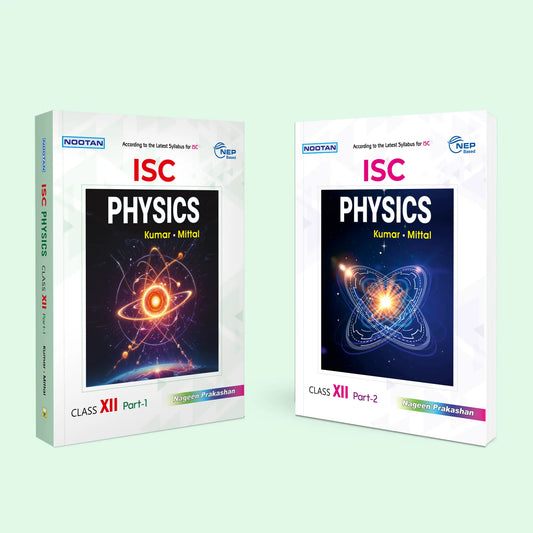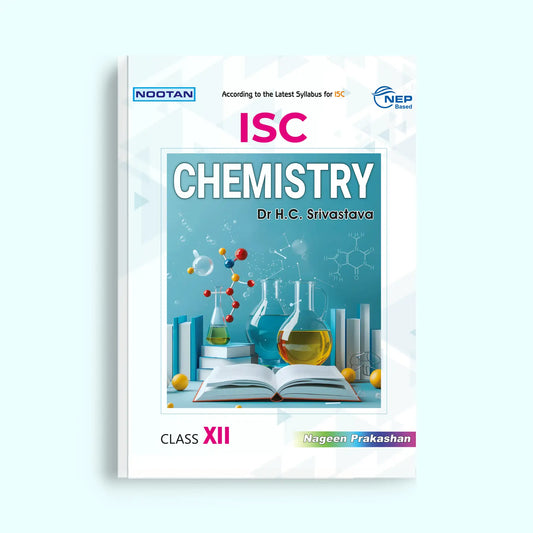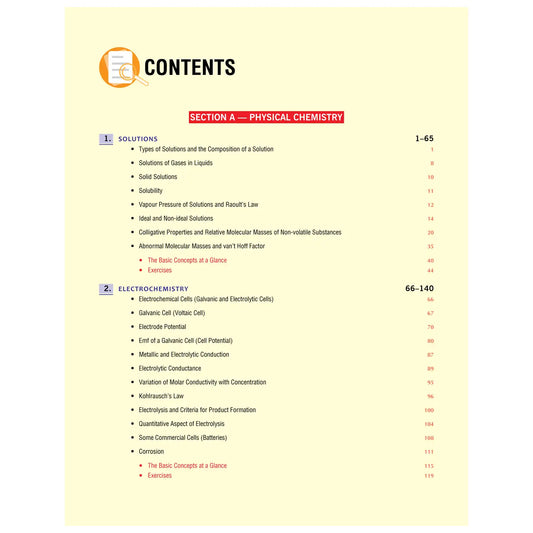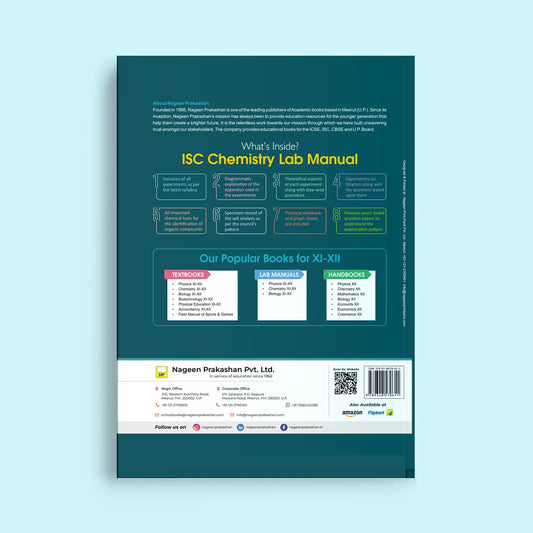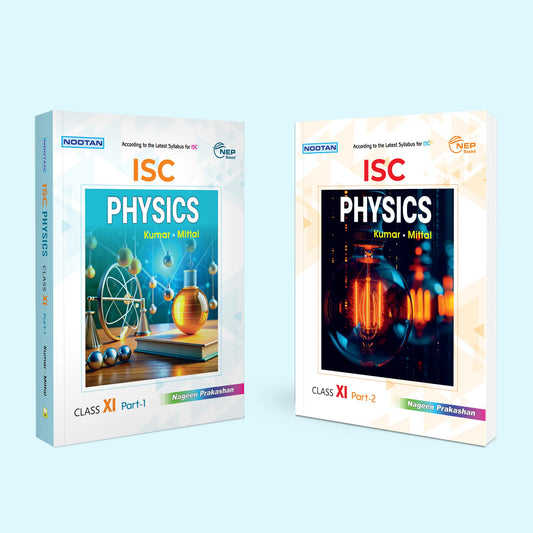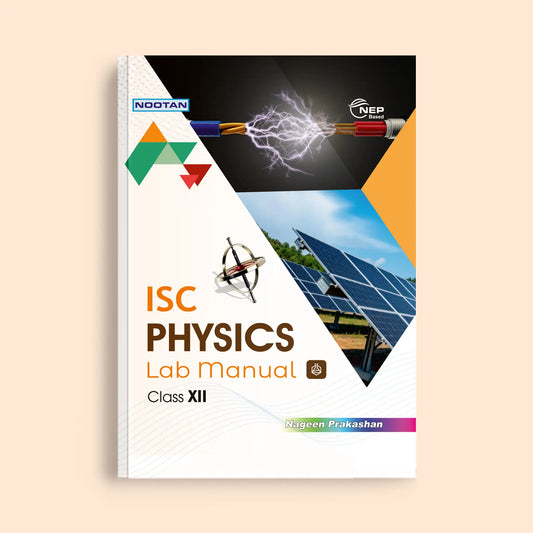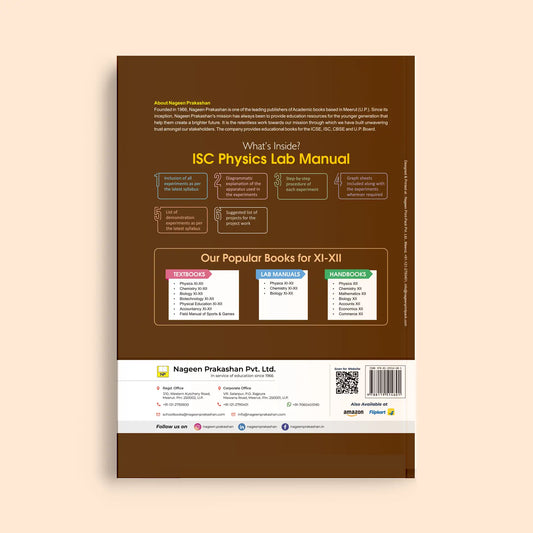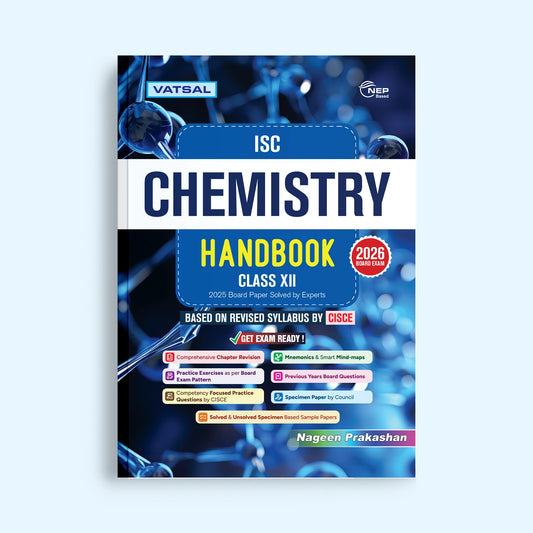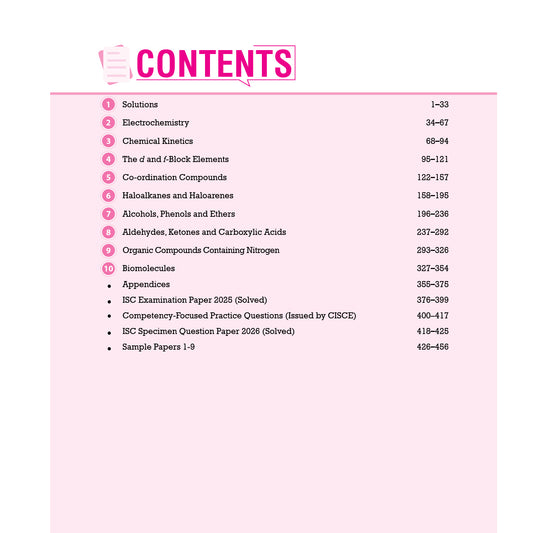
How Reading Fiction Improves Creativity & Critical Thinking
Indeed, fiction has a major role in shaping minds. In a world of innovation and very speedy problem-solving, fiction has relevance. It is not escape; instead, it is quite a powerful tool to develop cognition, creativity, empathy, and critical thinking itself. One will be a few surprises how one can benefit from reading fiction, whether a student or a professional-the list goes far beyond mere entertainment. It prepares the ground for a much more inventive mind and a more analytical one.
Unlocking Imagination: How Fiction Sparks Innovative Thinking
Fiction allows readers to explore worlds beyond the ordinary, and invites them to envision settings, characters, and plots that don't exist in real life. Pushing the brain to think and make connections in the abstract, this mental exercise serves as an exercise for the imagination.

-
First, fiction is a means of addressing new ideas in unusual contexts.
-
This is indeed much lateral thinking encouraged by exposure to strange situations.
-
And imagining fictional universes can improve one's power of thinking with images, an important ability for designer, scientist, or entrepreneur.
For instance, reading in a sci-fi novel about time travel encourages a student to confront the idea of relativity in physics.
Consequently, individuals who read fiction usually exhibit a high level of creativity, which means that they will be doing innovation in solving problems in the real world.
From Stories to Solutions: Fiction’s Role in Developing Critical Analysis Skills
Fiction is more than mere entertainment; it pushes readers to think about characters' choices, plot twists, and moral dilemmas critically. The result is mental exercises which sharpen a reader's capacity to analyze situations and draw informed inferences.

-
To begin with, fiction teaches causes followed by consequences, through narration.
-
Next, an inference and interpretation are encouraged; not all is made clear.
- The ability to evaluate views and motivations is further added.
Fiction often provides such morally ambiguous situations; the characters must weigh their choices and consequences against values-much of which goes into critical thinking.
Empathy and Perspective: Fiction as a Tool for Mental Flexibility
Reading fiction places a person in another's shoes and exposes one to the possibility of different lives and cultures he might not have experienced and many emotions. This action broadens perspective and helps to nurture empathy, learning that there are different angles from which to view the world.

- First, fiction authorizes access to the thoughts and emotions of the diverse characters.
- It reflects social awareness by making possible paraplegic challenges and situations.
- It makes the mind learn to switch thinking up and down.
As a result, readers will prove to be more flexible and open-minded in their thinking-taken to those two characteristics necessary to creativity and criticality.
Creative Minds Start Young: Why Students Benefit Most from Reading Fiction
The phase of cognitive development wherein a child or young adolescent is at is perhaps one of the most important. Introducing them to positive fiction and fantasy opens up the pathway to a lifetime of innovative thinking.

-
Reading improves vocabulary and fluency in language, especially in a child's formative years and while o doing this.
-
Betterment also comes into memory and concentration retention.
-
Furthermore, the young readers learn how to decode symbols, themes, and deeper meanings.
Since schools endorse quality fiction reading, they nurture creative thinkers better able to tackle various complex academic and real-world issues.
Such students are very likely to score higher in written assignments, debates, and creative projects compared to other students who read fiction less often.
Fueling Young Thinkers: Nageen Prakashan’s Science Books Offer Creative Mind Tips for Classes 1 to 12
Fiction preparing the mind to deliver creativity is further enhanced by other educational implements. However, the weighty brand in publishing academic materials, Nageen Prakashan, brings the two worlds of imagination and information into their UP Board Science Text Book For Class 10th and for Classes 1 to 12.
-
These books elucidate scientific concepts through storytelling.
-
There are also creativity-invoking exercises in every chapter that stimulate curiosity.
-
Beyond that, there are tips on how science can be connected to everyday life along with the usual content.
-
In addition, there are problems that are woven within a narrative framework that will lure in the students in learning as well as analysis.
Students thus gain not only academic intelligence, but develop immeasurable wealth for modernity in imaginative and analytical ability.

Nageen Prakashan's novels justify that the fiction presentation of facts can work wonders in education.
Conclusion
Reading fiction is much more than a hobby. It is a cognitive workout that exercises the brain's most vital areas. Through characters, plots, and emotions, fiction pushes us to think creatively and analyze critically. It opens up pathways for innovative solutions and emotional intelligence.
- It builds creative confidence.
- It enhances logical reasoning.
- It develops empathy and emotional depth.
Final Words
Fiction is a doorway through which both the imagination and the intellect travel. It feeds creativity with a limitless potential on one side, while on the other, teaches how to reason and get into reflection and thoughtfulness.
Next time you take a novel into your hands, remember-the reality that you may have escaped is being trained in your mind to shape it. Combining this with creative learning resources like Nageen Prakashan's science books will save students from having to see a much brighter, smarter future.

